

Microcrystalline cellulose
Liujia pharmaceutical excipients are Shandong dextrin and high water soluble dextrin manufacturers. They are mainly engaged in thickening agents, microcrystalline cellulose, corn starch, magnesium stearate, adhesive diluent, dextrin, sodium carboxymethyl starch, capsule filler, pharmaceutical dextrin, pharmaceutical sucrose, pharmaceutical excipients, sucrose, pregelatinized starch, etc.
Classification:
Tel:
E-mail:
Key words:
Microcrystalline cellulose
Product Details
Microcrystalline cellulose has three basic characteristics:
The degree of polymerization reaches the limit degree of polymerization value
The crystallinity is higher than that of native cellulose
It has extremely strong water absorption capacity, and has the ability to form gel after strong shear action in aqueous medium
Application of microcrystalline cellulose in food
2.1 Maintain the stability of emulsification and foam.
Emulsion stability is the most important function of microcrystalline cellulose. Microcrystalline cellulose particles are dispersed in the emulsion, causing the aqueous phase in the oil-water emulsion to be thickened and gelled, thereby preventing oil droplets from approaching and aggregating each other.
For example, yogurt has a low pH value and is prone to coagulation of solid components in milk, causing whey to separate from the mixture. The addition of microcrystalline cellulose to yogurt can effectively ensure the stability of dairy products. After adding microcrystalline cellulose stabilizer to ice cream, its emulsion stability, foam stability, and ice crystal prevention ability are greatly improved, and compared with water-soluble high molecular compound stabilizers, ice cream is smoother and more refreshing.
2.2 Maintain high temperature stability.
During the processing of aseptic food, there is both high temperature and high viscosity. Starch will decompose under such conditions, while adding microcrystalline cellulose to aseptic food can maintain its excellent properties. For example, the emulsion in canned meat products can maintain its quality unchanged after heating at 116 ℃ for 3 hours.
2.3 Improve the stability of liquids and serve as a gelling agent and suspending agent.
When instant beverages are redispersed in water, phenomena such as uneven dispersion or low stability often occur. Adding a certain amount of colloidal cellulose can quickly form a stable colloidal solution, greatly improving dispersibility and stability. In instant chocolate or cocoa beverages, adding a stabilizer composed of colloidal microcrystalline cellulose, starch, and maltodextrin can not only prevent the powder of instant beverages from getting damp and caking, but also make the beverage made with water have high stability and dispersibility.
2.4 As a non-nutritive filler and thickener to improve food structure.
A flour substitute obtained by mixing microcrystalline cellulose, xanthan gum, and lecithin is used in baked foods. When the substitution amount does not exceed 50% of the original flour used, the original taste can be maintained. The maximum particle size that is generally not felt by the tongue is 40μm, so 80% of the microcrystalline cellulose particle size <20μm is required.
2.5 Adding to frozen desserts can control ice crystal formation.
During frequent freezing and thawing processes, due to the presence of microcrystalline cellulose, it acts as a physical barrier and can prevent grains from aggregating together to form large crystals. For example, in ice cream, adding only 0.4-0.6% microcrystalline cellulose is enough to prevent ice crystal grains from increasing during frequent freezing and thawing processes, ensuring that its texture and structure do not change, and the particles of microcrystalline cellulose are extremely fine, which can improve the taste. When 0.3%, 0.55%, and 0.80% of microcrystalline cellulose were added to ice cream made from a typical British recipe, the viscosity of the ice cream was slightly higher than that without microcrystalline cellulose, and it had no effect on the overrun, and it could also improve the texture.
2.6 Microcrystalline cellulose is also used to reduce calories.
For example, it is used in salad dressings to reduce calories and increase cellulose to improve edible properties. When making various cooking oil and fat seasonings, adding microcrystalline cellulose can prevent the separation of oil and fat from the seasoning sauce during heating or boiling.
2.7 Others.
Because microcrystalline cellulose has adsorption properties, foods with high mineral content can be obtained by adsorbing metal ions. Germany uses microcrystalline cellulose with high carboxyl content to adsorb iron ions and calcium ions, adds them to food to increase the nutritional value of food, and will not change the taste of food.
Pharmaceutical dextrin is a glucose polymer used as an adhesive and hardener for surgical dressings. Sodium carboxymethyl starch belongs to etherified starch, and its properties are similar to sodium carboxymethyl cellulose. Sodium carboxymethyl starch is a white or yellow powder, odorless, tasteless, harmless, and hygroscopic when heated. Microcrystalline cellulose is usually used as an adsorbent, suspending agent, diluent, and disintegrant. Magnesium stearate is a metal derivative composed of magnesium and stearic acid, a white, loose powder, odorless, tasteless, fine and free of sand particles, with a light characteristic aroma.
Microcrystalline cellulose (MCC)
Luyao Standard Word F2014065
CAS NO:9004-34-6
Packaging specifications:20kg/bag 20kg/barrel
Quality standard:CP2015, USP current edition
Main uses:
Microcrystalline cellulose is widely used in pharmaceutical preparations, mainly as a diluent and binder in oral tablets and capsules, and can be used not only for wet granulation but also for direct compression. It also has certain lubricating and disintegrating effects, which is very useful in tablet preparation.
Microcrystalline cellulose, the main component is a linear polysaccharide substance linked by β-1,4-glucosidic bonds, is a fine, free-flowing, short rod-shaped or powdery porous particle with a limit degree of polymerization (LOOP) obtained by hydrolyzing natural cellulose with dilute acid, composed of white, odorless, and tasteless crystalline powder.
In general plant fibers, microcrystalline cellulose accounts for about 70%, and the remaining 30% is amorphous. Microcrystalline cellulose is widely used in pharmaceutical, cosmetic, and food industries, and different particle sizes and water content have different characteristics and application ranges.
Microcrystalline cellulose, especially during high-temperature processing, can stabilize foams and emulsions; form ointment-like gels; improve the heat resistance of pectin and starch gels; enhance adhesion; replace fats and oils and control ice crystal growth. The ability of microcrystalline cellulose to stabilize emulsions and foams is due to its adsorption at the interface, strengthening the interfacial film. Microcrystalline cellulose is a common ingredient in low-fat ice cream and other frozen desserts.
Microcrystalline cellulose is widely used in oral preparations and foods and is a relatively non-toxic and non-irritating substance. It is not absorbed orally and has virtually no potential toxicity. Large amounts may cause mild diarrhea, but it presents no difficulties as a pharmaceutical excipient.
Misuse of formulations containing microcrystalline cellulose, such as inhalation or injection, can lead to cellulose granulomas.
Industry Applications
Microcrystalline cellulose is commonly used as an adsorbent, suspending agent, diluent, and disintegrant in the pharmaceutical industry. It is widely used in pharmaceutical preparations, primarily as a diluent and binder in oral tablets and capsules. It can be used not only in wet granulation but also in direct compression, and it also has a certain lubricating and disintegrating effect, making it very useful in tablet preparation. Due to the hydrogen bonds between microcrystalline cellulose molecules, hydrogen bonds associate under pressure, so it has high compressibility and is often used as a binder.
Given its unique structure and properties, microcrystalline cellulose is widely used as a disintegrant, stable emulsifier, etc., in the national economic sectors of medicine and health, food and beverages, and light chemicals. Because cellulose is widely found in nature, hundreds of billions of tons of cellulose-rich biomass residues are produced globally each year. If these residues are well converted and utilized, they represent a rich resource. In China, the expansion of the scale and improvement of product grades in the leather, daily chemical, pharmaceutical, food, and chlor-alkali industries have led to a yearly increase in the demand for microcrystalline cellulose, thus giving it broad market prospects. The uses of microcrystalline cellulose are introduced below.
1. Pharmaceutical Industry
Microcrystalline cellulose is commonly used as an adsorbent, suspending agent, diluent, and disintegrant. Microcrystalline cellulose is widely used in pharmaceutical preparations, mainly as a diluent and binder in oral tablets and capsules. It can be used not only in wet granulation but also in direct compression. It also has a certain lubricating and disintegrating effect, making it very useful in tablet preparation.
Due to the hydrogen bonds between microcrystalline cellulose molecules, hydrogen bonds associate under pressure, thus exhibiting high compressibility and often being used as a binder; when compressed tablets encounter liquid, water quickly enters the interior of the tablets containing microcrystalline cellulose, and the hydrogen bonds immediately break, so it can be used as a disintegrant. Therefore, it is a widely used excipient in tablet production and can improve tablet hardness. For example, in the preparation of rifampin tablets, microcrystalline cellulose can be mixed with starch (mass ratio of 6.25:1) and various raw materials and directly compressed. The product disintegrates into a mist within 1 minute. Moreover, the content remains unchanged during the shelf life, and the drug stability is significantly improved. For example, due to the addition of microcrystalline cellulose, the dissolution rate of prednisone acetate and berberine acetate (hydrochloride) tablets is increased to over 80%. When using microcrystalline cellulose as an excipient for tableting, the traditional granulation process is not required. For example, in the preparation of Kebiqing tablets, the addition of microcrystalline cellulose solves the serious sticking phenomenon caused by the hygroscopicity of wet granulation and compression of Kebiqing, and the disintegration is rapid.
Microcrystalline cellulose can also be used as a sustained-release agent for drugs. The sustained-release process involves the active substance entering the porous structure of the carrier. The active substance is contained by intermolecular hydrogen bonds, and after drying, the active substance is fixed. When the active substance is released, swelling occurs due to the diffusion of water in the capillary system of the polymer carrier, and the chemical bonds between the carrier matrix and the fixed active substance are broken, and the active substance is slowly released.
Microcrystalline cellulose powder can form a stable dispersion system in water. When combined with drugs, it can be used to prepare creamy or suspension-like medicinal liquids, and it can also be used as a capsule agent. Microcrystalline cellulose forms a gel when vigorously stirred in water and can also be used to manufacture ointment and suspension-type pharmaceutical preparations.
2. Food Industry
In the food industry, microcrystalline cellulose, as a dietary fiber and ideal health food additive, can maintain the stability of emulsions and foams, maintain high-temperature stability, and improve the stability of liquids. It has been certified and approved by the Joint FAO/WHO Expert Committee on Food Additives (JECFA), and corresponding fiber products have emerged and are widely used in dairy products, frozen foods, and meat products.
Microcrystalline cellulose can be used as an anticaking agent, emulsifier, dispersant, and binder. China's "National Standard for the Use of Food Additives" (GB2760-2011) stipulates that it can be used in vegetable fat powder and whipped cream, with a maximum usage of 20g/kg; in ice cream, 40g/kg; in high-fiber foods and bread, 20g/kg. Other usage references: In ice cream, it improves the overall emulsification effect, prevents ice crystal formation, and improves taste. When used with carboxymethyl cellulose, it increases the suspension of cocoa powder in milk drinks.
3. Cosmetics
Microcrystalline cellulose can be used as a filler in various cosmetics, skin treatment and care products, and cleaning detergents.
|
Specifications |
Particle size, % |
Drying loss, % |
Bulk density, (g/ml) |
Average particle size, um |
Microcrystalline Cellulose Applications |
|
Ordinary type |
120 mesh retention ≤5 |
≤5.0 |
0.26-0.32 |
40-60 |
Diluent, binder, lubricant, and disintegrant |
|
PH101 |
60-mesh screen residue ≤1 |
≤5.0 |
0.26-0.32 |
40-60 |
Microcrystalline cellulose is suitable for all tableting methods, especially for wet granulation, rotary tableting, and pill making, and has good compressibility. |
|
PH102 |
60-mesh screen residue ≤8 |
≤5.0 |
0.28-0.33 |
70-100 |
Larger particle size, suitable for direct compression tableting and improving the flowability of capsule fillers, with good flowability and compressibility. |
|
PH103 |
60-mesh screen residue ≤1 |
≤300 |
0.20-0.40 |
40-60 |
Similar particle size to 101, lower moisture content, suitable for tablet preparation of moisture-sensitive drugs in situations where moisture is generated during the process. |
|
PH301 |
60-mesh screen residue ≤1 |
≤5.0 |
0.34-0.45 |
40-60 |
Microcrystalline cellulose has high density and better flowability, making it easier to press small-dose tablets. |
|
PH302 |
60-mesh screen residue ≤8 |
≤5.0 |
0.35-0.46 |
70-100 |
Quality parameters are similar to 102, but with higher density and better flowability, especially suitable for high-speed tableting and preparation of high-density drugs. |
Factory Appearance
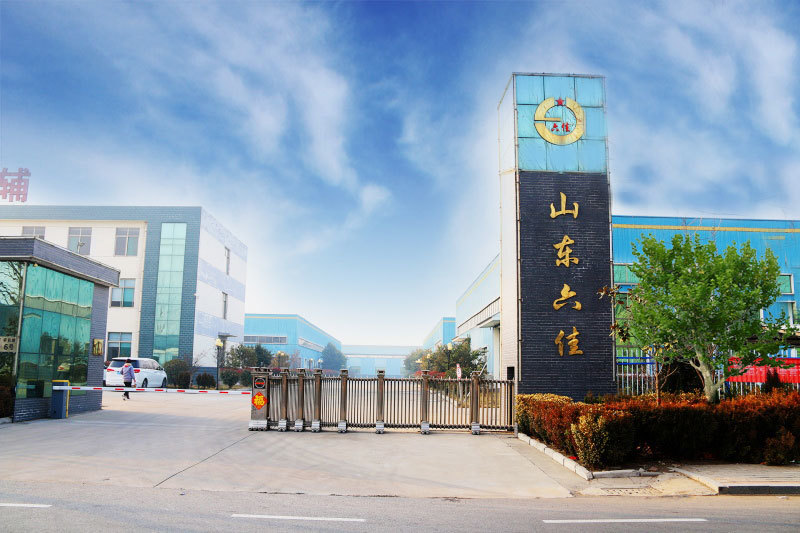
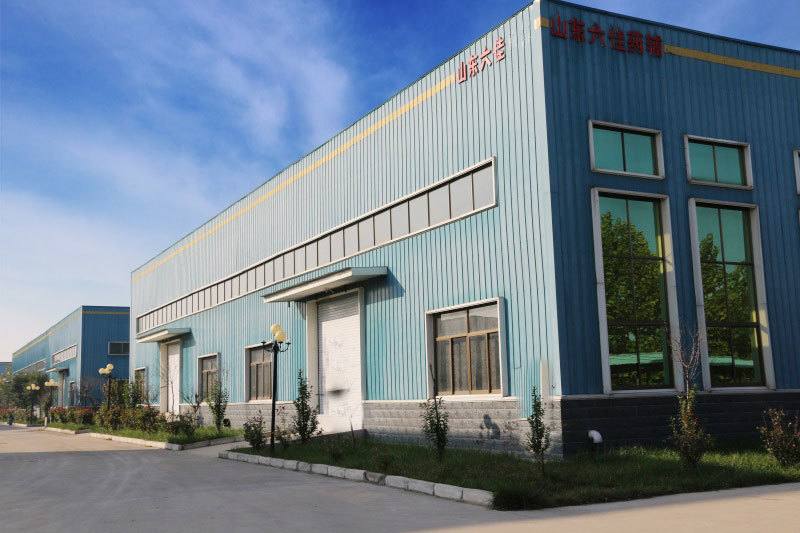
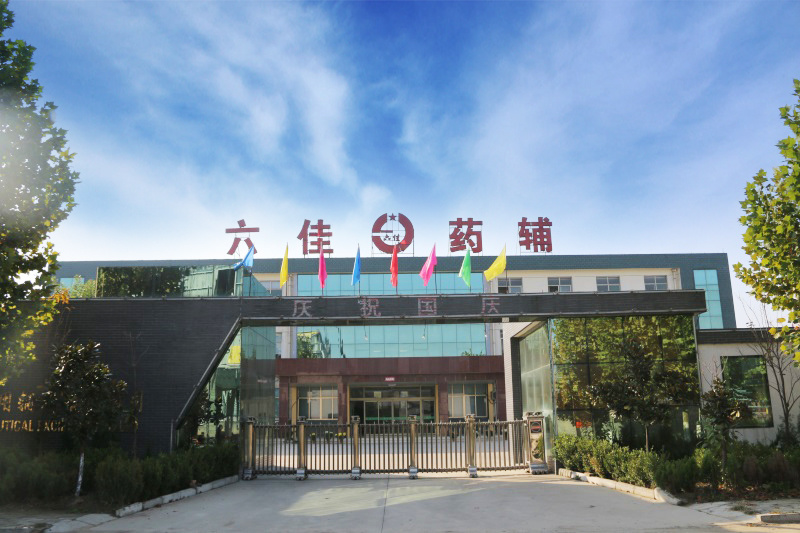


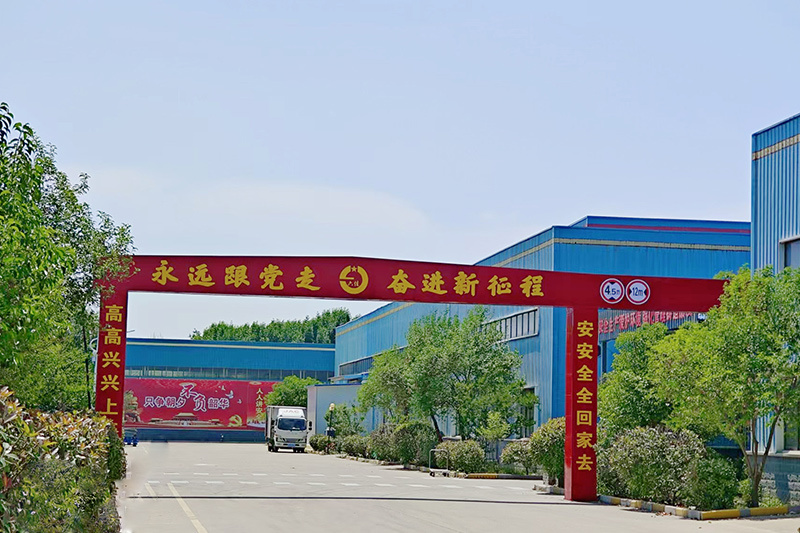
Packaging Delivery
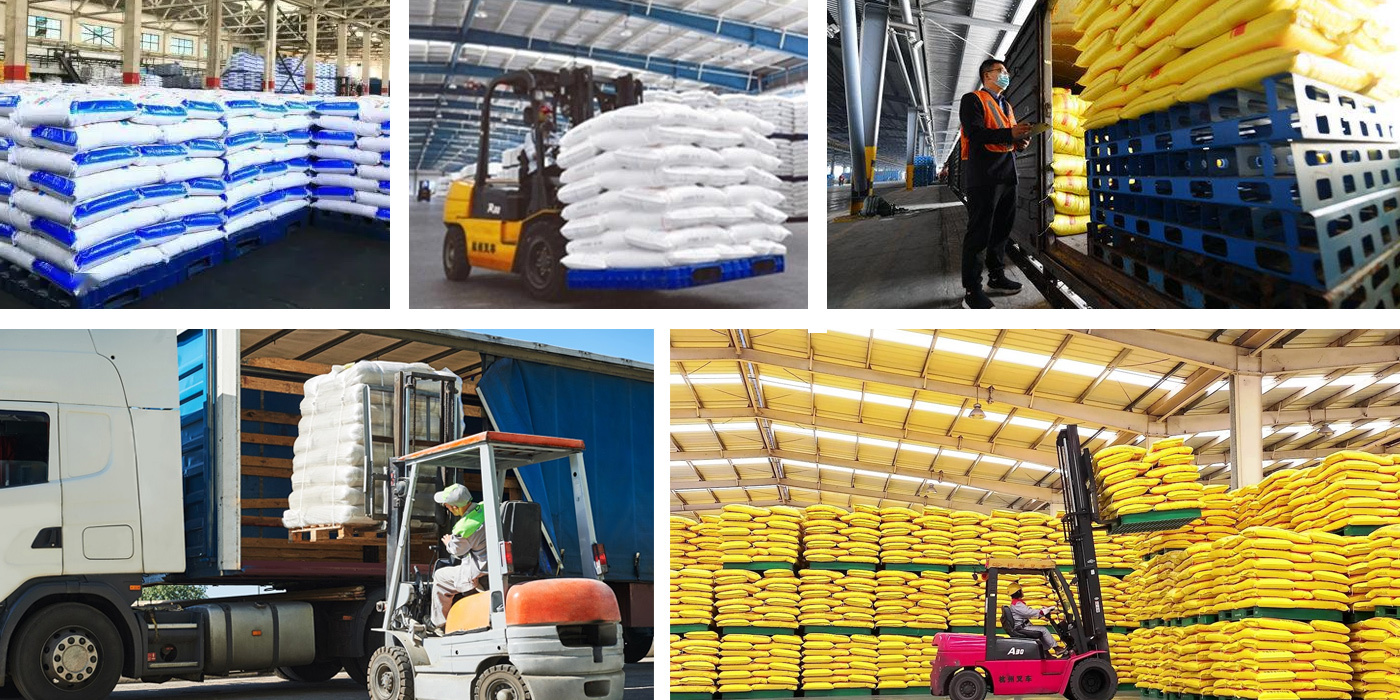
Our Advantage
Product quality
Product quality in the same industry outstanding, won the majority of users.
production capacity
Each type of product has a very rich product inventory, can provide product supply at any time.
Strict product testing
It has complete inspection facilities to ensure the production of high quality products.
After-sales service
We have a perfect service system, can provide you with strong support.
Related Products
©2025 Shandong Liujia Pharmaceutical Excipients Co., Ltd
| SEO| Website construction:CEGLOBAL Business License Privacy Policy





